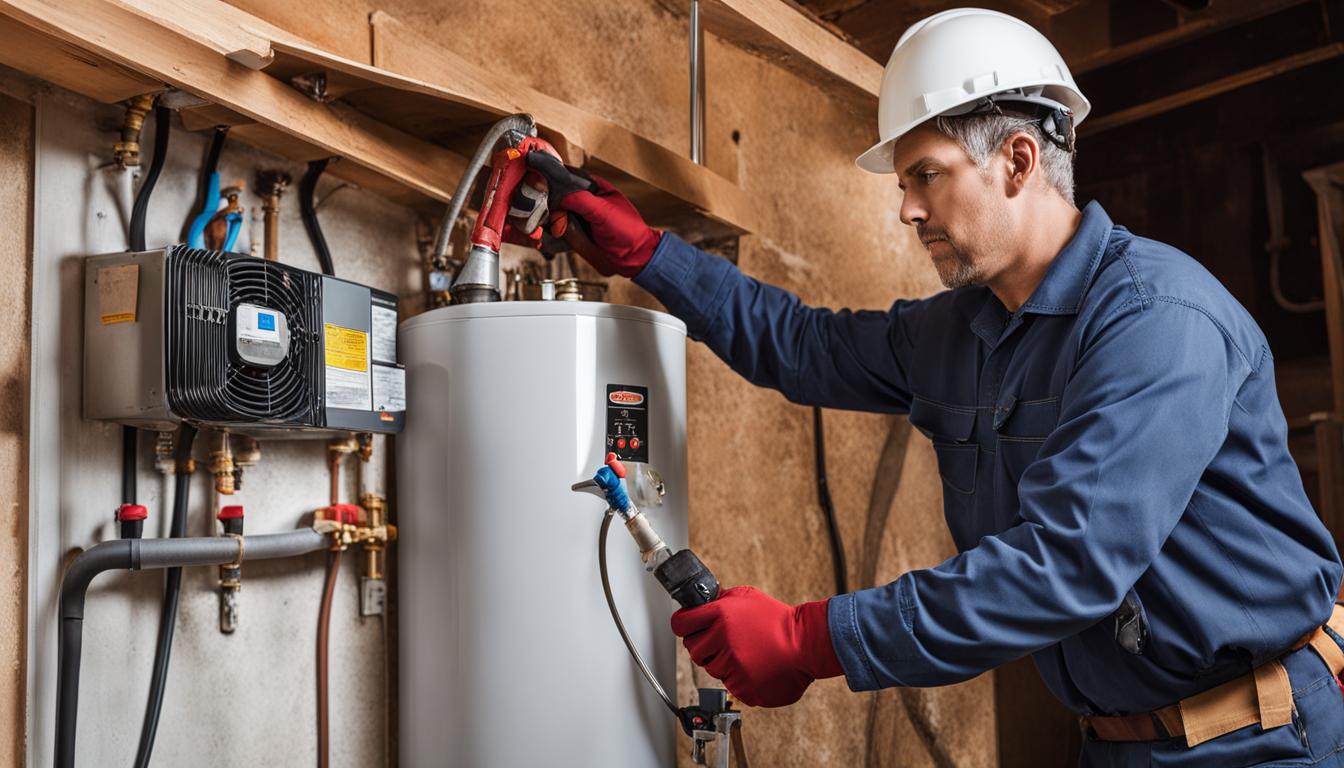What're your concepts about What Kind of Maintenance Do Water Heaters Need??

Warm water is necessary for daily convenience, whether it's for a revitalizing shower or cleaning meals. To ensure your hot water system runs successfully and lasts much longer, regular maintenance is crucial. This article provides sensible suggestions and insights on just how to preserve your home's warm water system to avoid disruptions and expensive repairs.
Intro
Preserving your home's hot water system may seem daunting, but with a couple of straightforward steps, you can ensure it operates efficiently for several years to find. This overview covers everything from understanding your warm water system to do it yourself maintenance tips and knowing when to contact professional assistance.
Importance of Maintaining Your Warm Water System
Normal upkeep not just expands the lifespan of your warm water system yet likewise guarantees it operates efficiently. Ignoring upkeep can cause decreased efficiency, higher power expenses, and also early failure of the system.
Indicators Your Hot Water System Needs Upkeep
Knowing when your warm water system needs focus can protect against significant issues. Watch out for signs such as irregular water temperature level, weird noises from the heating unit, or corroded water.
Comprehending Your Warm Water System
Prior to diving into maintenance jobs, it's handy to recognize the standard elements of your hot water system. Typically, this includes the water heater itself, pipelines, anode poles, and temperature controls.
Monthly Upkeep Tasks
Regular month-to-month checks can help catch minor issues prior to they escalate.
Purging the Hot Water Heater
Purging your water heater removes sediment accumulation, enhancing performance and extending its life.
Monitoring and Replacing Anode Rods
Anode rods prevent deterioration inside the tank. Inspecting and replacing them when broken is important.
Checking and Readjusting Temperature Settings
Changing the temperature level setups guarantees ideal efficiency and security.
Do It Yourself Tips for Maintenance
You can perform several maintenance tasks on your own to keep your hot water system in leading problem.
Checking for Leaks
Routinely check pipelines and connections for leaks, as these can cause water damages and greater bills.
Checking Stress Relief Valves
Testing the stress safety valve ensures it operates correctly and prevents extreme stress accumulation.
Insulating Pipes
Protecting hot water pipelines minimizes warm loss and can conserve power.
When to Call an Expert
While DIY maintenance is valuable, some problems require professional proficiency.
Complicated Concerns Calling For Expert Assistance
Examples include significant leaks, electric problems, or if your water heater is regularly underperforming.
Regular Expert Maintenance Perks
Expert maintenance can consist of comprehensive inspections, tune-ups, and making certain conformity with security requirements.
Conclusion
Regular upkeep of your home's warm water system is crucial for efficiency, durability, and cost savings. By following these tips and understanding when to seek expert aid, you can make certain a dependable supply of hot water without unforeseen disturbances.
How to Maintain an Instant Hot Water Heater
Before tinkering with your hot water heater, make sure that it’s not powered on. You also have to turn off the main circuit breaker and shut off the main gas line to prevent accidents. Also turn off the water valves connected to your unit to prevent water from flowing into and out of the appliance. 2. When you’re done, you have to detach the purge valves’ caps. These look like the letter “T†and are situated on either side of the water valves. Doing so will release any pressure that has accumulated inside the valves while at the same time avoid hot water from shooting out and burning your skin. 3. When the purge valves’ caps are removed, you have to connect your hosing lines to the valves. Your unit should have come with three hoses but if it didn’t, you can purchase these things from any hardware or home repair shops. You can also get them from retail stores that sell water heating systems. Read the user’s manual and follow it to complete this task properly. When the hosing lines are connected, open the purge port’s valves. 4. You should never use harsh chemical cleaners or solutions when cleaning your unit. Make use of white vinegar instead. It should be undiluted and you’ll probably use about 2 gallons. 5. Now flush your water heater. This task should probably take about 40 minutes. We can’t give you specific directions for this because the procedure is carried out depending on the type, model and brand of your heater. With that being said, refer to the user’s manual. 6. When you’re done draining the unit, you have to turn off the purge port valves again. Remove the hosing lines that you earlier installed on each of the water valves. Put the valve caps (purge port) back in their respective places and be very careful so as not to damage the rubber discs that are found inside these caps. 7. Now that everything’s back in place, check your user’s manual again to find out how to reactivate your water heating system. 8. Once it is working, turn one of your hot water faucets on just to let air pass through the heater’s water supply pipes. Leave the tap on until water flows smoothly out of it. https://www.orrplumbing.com/blog/2014/september/how-to-maintain-an-instant-hot-water-heater/

Hopefully you enjoyed reading our post on Tips For Maintaining Your Hot Water Heater. Thanks a lot for taking a few minutes to read through our post. Liked our blog? Please share it. Let other people discover it. Bless you for your time. Kindly pay a visit to our site back soon.
Details